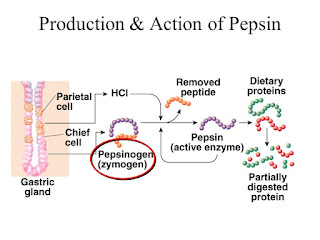Formation of Carbocation
Carbocation is useful in EAS (alkylation) because it can be a good source of an electrophile. The carbocation electrophile attacks the benzene ring with the general EAS mechanism. Here, the electrophilicity of the carbocation is determined by its stability. There are two common methods to produce carbocation: from alkene and from alcohol.
1. Alkene with HF
Recall back to nucleophilicity, fluoride ion is a weak nucleophile (as it is stable). Therefore, when the pi-bond of the alkene is protonated by HF, the given off fluoride ion does not attack the carbocation immediately. If a benzene ring presents, EAS occurs with the electrophilic carbocation alkylating the aromatic ring.
2. Alcohol with Lewis Acid (BF3)
Alcohol forms carbocation when it is treated with a Lewis Acid (commonly BF3). Note that BF3 is consumed in the reaction, so it is not a catalyst in this reaction.
1. Alkene with HF
Recall back to nucleophilicity, fluoride ion is a weak nucleophile (as it is stable). Therefore, when the pi-bond of the alkene is protonated by HF, the given off fluoride ion does not attack the carbocation immediately. If a benzene ring presents, EAS occurs with the electrophilic carbocation alkylating the aromatic ring.
 |
| Alkene with HF |
2. Alcohol with Lewis Acid (BF3)
Alcohol forms carbocation when it is treated with a Lewis Acid (commonly BF3). Note that BF3 is consumed in the reaction, so it is not a catalyst in this reaction.
 |
| Carbocation from alcohol |



Comments
Post a Comment